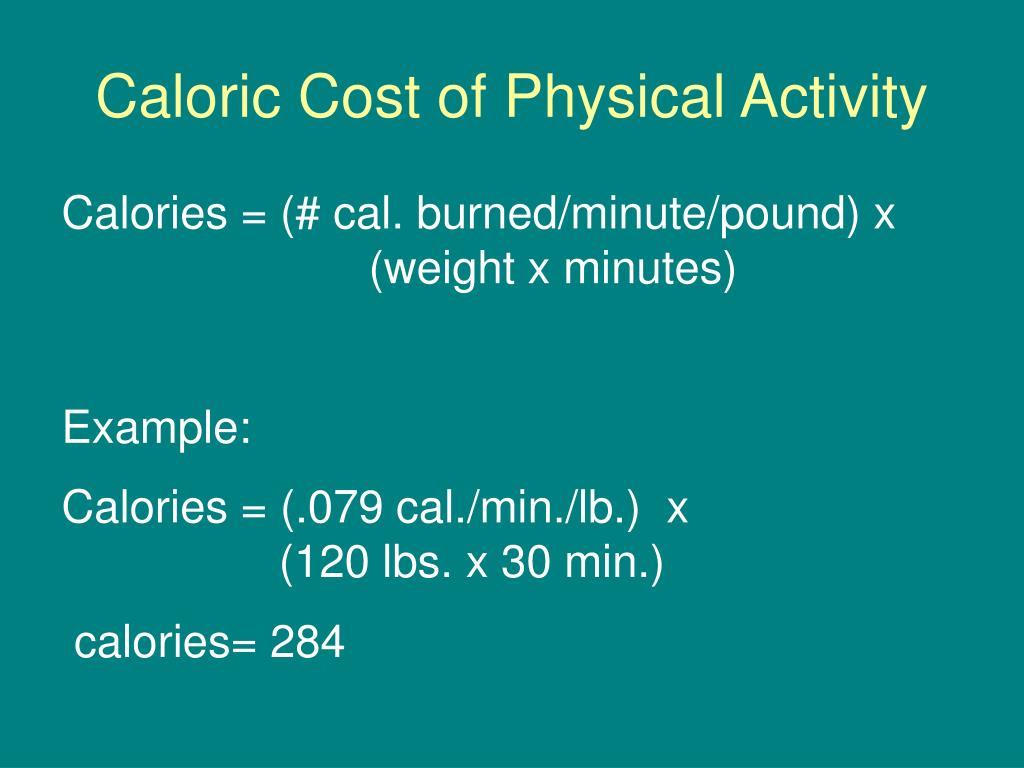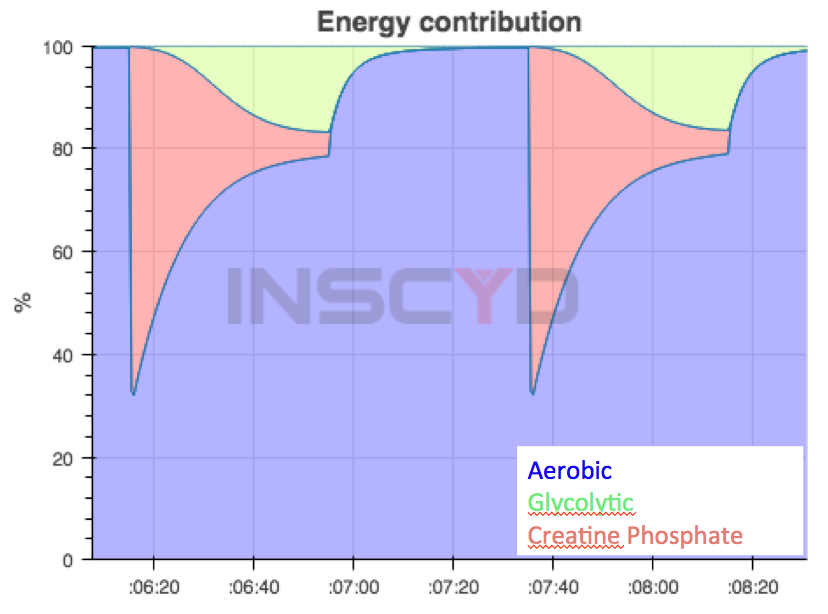
However, when adjusted for body composition, BMR is not significantly different suggesting that tissue and organ metabolic rate is not significantly different between those who are obese and those who are lean. In absolute values, BMR is higher in individuals who are obese compared to those who are lean due to higher levels of FFM and FM. FM is a significant determinant only in individuals who are obese (R 2 < 0.04) (5) 2).įigure 2: Contribution of organs and tissues to body weight and basal metabolic rate.ĭue to lack of information on organ mass and metabolic rate in individuals, for practical purposes the main significant determinant of BMR is FFM (R 2 = 0.65-0.80). Consequently, while organs account for about 7% of body weight, they contribute about 60% to BMR, whereas skeletal tissues and adipose tissues account for 35-40% of BW and contribute only 18-22 % and 3-4 % to BMR, respectively (4) (Fig.

In contrast the MR in white adipose tissue is only about 1/3 that of resting muscle (3). For instance, it is about 10, 15, 20, 30, and 35 times higher in the digestive tract, liver, brain, heart, and kidney compared to resting muscle. However, the metabolic rate (MR) of tissues and organs is highly variable. Therefore, it depends on the mass and metabolic rate (EE × g -1 of tissue × min -1) of tissues and organs. It is the largest component of daily EE since it contributes, on average, 60% to daily EE, ranging from 45-50% in very active subjects to about 70% in sedentary subjects. BMR occurs in a continuous process throughout the 24-hour daily cycle and remains relatively constant within individuals over time. Due to the increased energy demands of the brain and muscle compartments when awake, the BMR is approximately 5% higher than the metabolic rate expended during sleep (the minimum level of energy expended by the body to sustain life).īMR can be measured after a 12-hour fast while the subject is resting in a thermo-neutral and quiet environment. cellular activity and organ functions, heartbeat, muscle contraction and function, and respiration) in an individual who is awake. Main Components Of Daily Energy Expenditure Basal metabolic rateīasal metabolic rate (BMR) is the energy expended by the body to maintain basic physiologic functions (e.g. 1).įigure 1: Main components of daily energy expenditure (EE) (modified from (2)).īMR: basal metabolic rate SMR: sleeping metabolic rate WMR: wakefulness metabolic rate TEF: thermic effect of food EE SA: sedentary activity EE PA: physical activity EE.ġ) to review the influential factors on the main components of daily EE Ģ) to investigate the association between mechanical parameters of walking and running gait with the obese and post-obese state in adolescents ģ) to describe the physical activity ratio corresponding to various sedentary behaviours and physical activities for children and adolescents who are obese and finallyĤ) to suggest methods for estimating daily energy expenditure adolescents who are obese. In addition, for practical purposes the increase in EE associated with physical activities must be partitioned between sedentary behaviour and actual physical activities (Fig.

Daily energy expenditure (EE) can be distributed between a number of interdependent factors including: basal metabolic rate (BMR) extrapolated to a 24-hour period EE associated with alimentation (thermic effect of food, TEF) growth (in children) healing thermoregulation (but in developed countries the effects of cold are minimized by adjustment of clothing, housing and heating, (1) and physical activity. By contrast, estimation of daily energy expenditure in free-living conditions requires qualified personnel and sophisticated technical methods. Daily energy intake can be determined both quantitatively and qualitatively. Obesity often results from an imbalance between energy intake and energy expenditure.


 0 kommentar(er)
0 kommentar(er)
